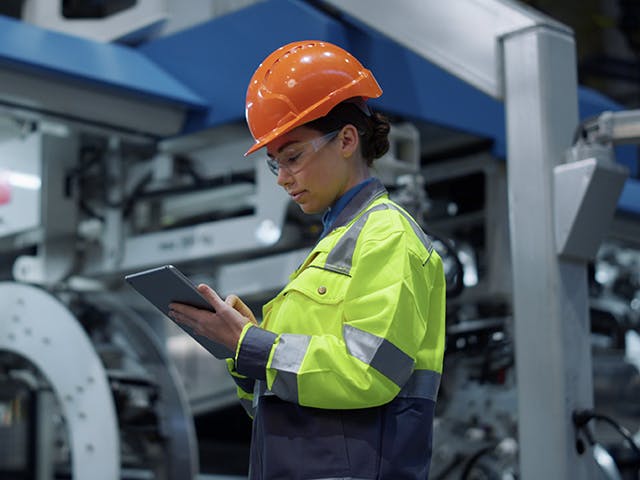Řízení dílny zahrnuje metody a systémy pro stanovení priorit, sledování a vykazování výrobních zakázek a plánů. Zahrnuje postupy pro vyhodnocení aktuálního stavu zdrojů, práce, využití strojů a dalších informací potřebných k podpoře celkových systémů plánování, rozvrhování a kalkulace nákladů souvisejících s provozem dílny.
Řízení dílny vypočítává práci na základě procenta dokončení pro každou objednávku a operaci a je užitečné pro oceňování zásob a plánování materiálu. Zahrnuje také identifikaci a hodnocení zranitelností a rizik vyplývajících z prostředí dílny, zaměstnanců, procesů a technologií používaných na úrovni dílny.
Na základě posouzení těchto faktorů iniciuje dílenská kontrola opatření k udržení rizika na přijatelné minimální úrovni. Dílenské řízení je zodpovědné za podrobné řízení činností a toku materiálů uvnitř závodu. Zahrnuje zaměstnance, materiál, stroje a dobu výroby.
Činnost dílenského řízení začíná po naplánování (např. pomocí MRP, ERP); Po naplánování se vytvoří objednávky a nákupní žádanky.
Související produkt: Opcenter Execution

